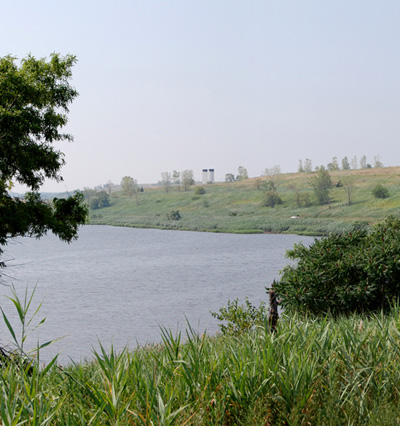


If Fresh Kills sounds like a less-than-picturesque place to visit, that may have something to do with a misreading of the Middle Dutch word “kille” as denoting something sinister, when in fact it refers innocently enough to a body of water. It’s the same negative association that once compelled PETA to suggest replacing the town of Fishkill, NY’s vaguely piscivorous name with the more peaceful-sounding Fishsave. And yet, in the case of Fresh Kills, any disagreeable images the name may conjure have been completely accurate for much of the past six decades. If you hear “Fresh Kills” and think “a pile of hollowed-out chicken carcasses newly delivered from Chinatown,” you’re pretty much spot on.
Next year, the Land Art Generator Initiative (LAGI) arrives on New York City’s Staten Island, with the goal of turning a small portion of the 2,200-acre former landfill called Fresh Kills (at one time the world’s largest) into two things it hasn’t been in recent history: aesthetically pleasing and a source of cleanliness. The site was closed to waste disposal in early 2001, although briefly reopened to receive the remains of the World Trade Center after the 9/11 attacks. Now that the New York City Department of Parks & Recreation is engaged in a 30-year project to transform the land into a park three times larger than Central Park, LAGI’s organizers plan to add their own contribution to the repurposing of the dumping grounds with a piece of public artwork that generates renewable energy.






 Facebook
Facebook Permalink
Permalink Digg
Digg Reddit
Reddit LinkedIn
LinkedIn StumbleUpon
StumbleUpon Tumblr
Tumblr
